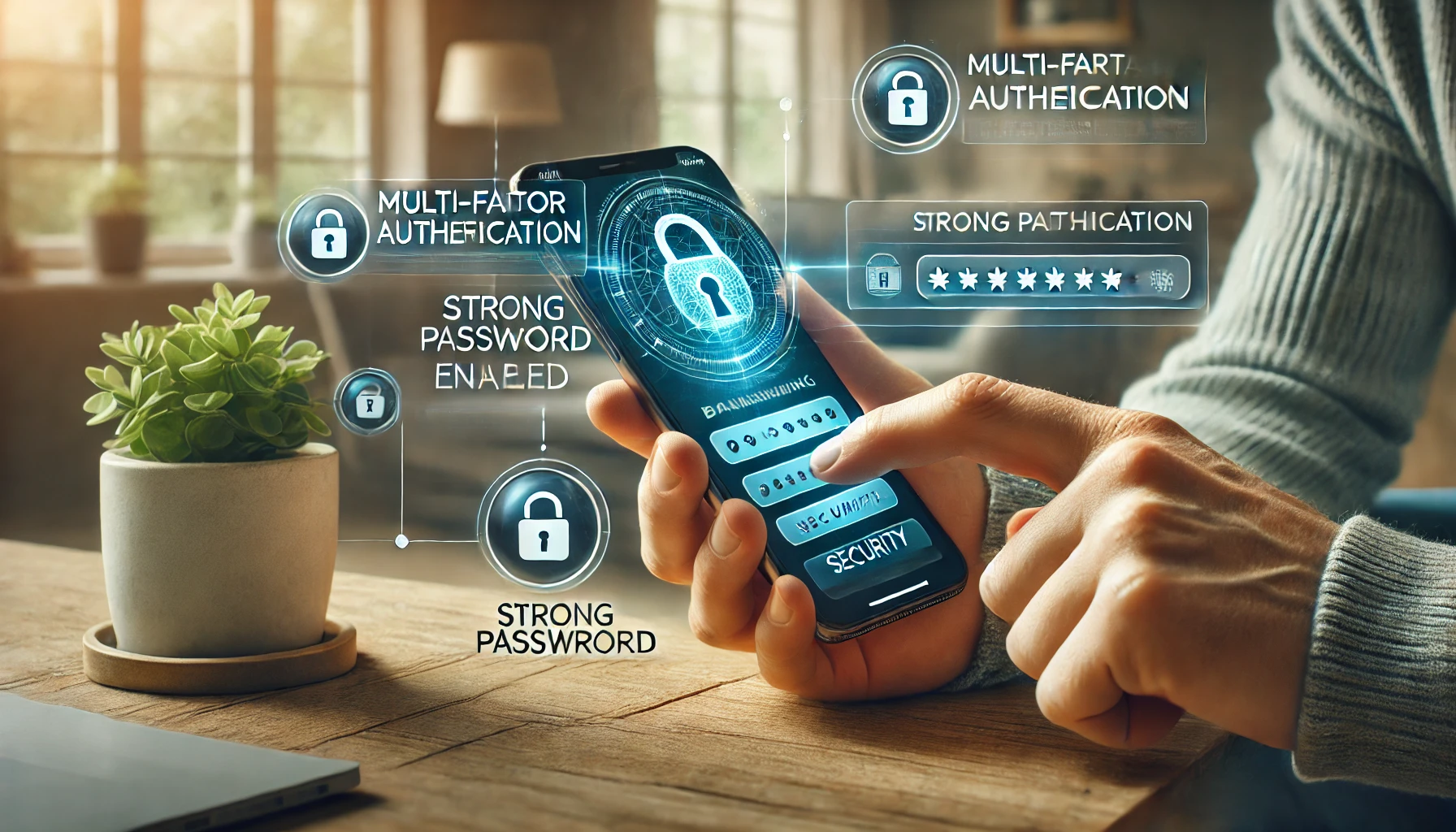In 2025, digital banking has become the norm, offering convenience, speed, and innovative features. However, with the rise of online banking comes the increased risk of cyber threats. Protecting your neobank account and ensuring a secure digital banking experience is more important than ever.
In this blog post, we’ll share essential online banking security tips and best practices to help you safeguard your finances and personal information.
Why Digital Banking Security Matters
Digital banks, or neobanks, operate entirely online, making them a target for cybercriminals. Common threats include:
- Phishing Attacks: Fraudsters trick you into revealing sensitive information.
- Malware: Malicious software that steals your data.
- Account Takeovers: Hackers gain access to your account and drain your funds.
By following best practices, you can minimize these risks and enjoy a safe banking experience.
Tips to Secure Your Digital Banking Experience

1. Use Strong, Unique Passwords
A strong password is your first line of defense. Here’s how to create one:
- Use a mix of uppercase and lowercase letters, numbers, and symbols.
- Avoid using easily guessable information, such as your name or birthdate.
- Use a unique password for each online account.
Pro Tip: Consider using a password manager to generate and store complex passwords securely.
2. Enable Two-Factor Authentication (2FA)
2FA adds an extra layer of security by requiring a second form of verification, such as:
- A one-time code sent to your phone.
- Biometric authentication (e.g., fingerprint or facial recognition).
Most neobanks, like Revolut and N26, offer 2FA as a standard feature.
3. Be Wary of Phishing Scams
Phishing scams often come in the form of emails, texts, or calls that appear to be from your bank. To protect yourself:
- Never click on suspicious links or download attachments from unknown sources.
- Verify the sender’s email address or phone number.
- Contact your bank directly if you’re unsure about a message.
For more tips on identifying phishing scams, visit the Cybersecurity & Infrastructure Security Agency’s guide.
4. Keep Your Devices Secure
Your smartphone and computer are gateways to your digital bank account. Protect them by:
- Installing antivirus and anti-malware software.
- Keeping your operating system and apps up to date.
- Avoiding public Wi-Fi for banking transactions.
Pro Tip: Use a VPN (Virtual Private Network) to encrypt your internet connection when accessing your account on public networks.
5. Monitor Your Accounts Regularly
Regularly checking your account activity can help you spot unauthorized transactions early.
- Set up real-time alerts for transactions, logins, and balance changes.
- Review your statements monthly for any discrepancies.
- Report suspicious activity to your bank immediately.
6. Use Biometric Authentication
Many neobanks offer biometric login options, such as fingerprint or facial recognition. These are more secure than traditional passwords because they are unique to you.
7. Secure Your Email Account
Your email account is often linked to your digital bank account. Protect it by:
- Using a strong, unique password.
- Enabling 2FA.
- Regularly monitoring for suspicious activity.
Best Practices for Neobank Security

1. Choose a Reputable Neobank
Not all neobanks are created equal. When selecting a neobank, consider:
- Regulatory compliance (e.g., FDIC insurance in the U.S.).
- Security features, such as encryption and fraud detection.
- Customer reviews and ratings.
For more information on choosing a secure neobank, visit the FDIC’s online banking security guide.
2. Understand Your Bank’s Security Features
Familiarize yourself with the security features offered by your neobank, such as:
- Real-time transaction alerts.
- Card freezing and unfreezing.
- Spending limits and controls.
3. Educate Yourself on Cybersecurity
Stay informed about the latest cyber threats and how to protect yourself. Resources like the Cybersecurity & Infrastructure Security Agency offer valuable insights and tips.
The Future of Digital Banking Security
As technology evolves, so do the security measures of neobanks. Here are some trends to watch:
1. AI-Powered Fraud Detection
AI will play a bigger role in detecting and preventing fraud, with more advanced algorithms and predictive analytics.
2. Blockchain Technology
Blockchain could enhance the security and transparency of financial transactions.
3. Biometric Advancements
Facial recognition and fingerprint scanning will become even more sophisticated, making it harder for fraudsters to bypass security.
Conclusion
Securing your digital banking experience is essential in today’s connected world. By following these online banking security tips and best practices, you can protect your neobank account and enjoy peace of mind.
Remember to stay vigilant, educate yourself on cybersecurity, and take advantage of the security features offered by your neobank. For more insights, visit the FDIC and the Cybersecurity & Infrastructure Security Agency.
For more tips and insights on managing your finances securely, check out our post on the Best Tools for Protecting Personal Financial Information



